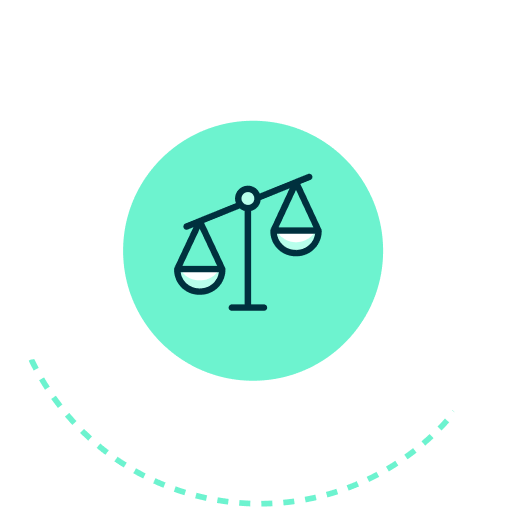What is the No Surprises Act?
Passed in 2020 and effective in 2022, the No Surprises Act established new legal requirements for healthcare providers to help protect consumers from surprise medical bills.
It’s no surprise (we hope you’ll forgive the pun) that this move has been widely hailed as a win for patients—but that doesn’t mean it needs to be a loss for your practice.


In this primer, we’ll detail the regulations in effect today in order to help you navigate the No Surprises Act with confidence.
.avif)
What are the No Surprises Act’s origins?
Previously, when patients received care from out-of-network facilities or physicians, they would find themselves on the hook for the balance that their insurance wasn’t willing to cover, a practice known as “balance billing.” This meant that patients were frequently billed for out-of-network medical expenses they may have had little ability to avoid—or in emergencies, none at all.
But now, the No Surprises Act has mandated that patients are no longer responsible for that balance, and the law has instituted new safeguards to better inform patients about their rights and expected costs.
What key regulations are included in the No Surprises Act?

1. Balance Billing Restrictions
The law prohibits balance billing for out-of-network emergency services or for non-emergency services performed by out-of-network physicians at in-network facilities. In these cases, out-of-network providers and facilities may not bill an individual directly for the difference between the cost of their healthcare and the amount that their insurance paid.

2. Public Disclosure
Providers and facilities are required to publicly disclose patient protections against balance billing as well as procedures for reporting violations. This information must be posted prominently within facilities and/or on public websites, and must be distributed to patients whenever payment is requested.

3. Good Faith Estimates
Providers and facilities are required to provide “Good Faith Estimates” of healthcare charges to uninsured or self-pay individuals at least three days before a scheduled service, or upon their request. This ensures that consumers aren’t caught off-guard by unexpected expenses. If final charges are “substantially in excess” of the good faith estimates (defined as greater than $400 over), patients now have the right to dispute charges through a third party.

What are the penalties for non-compliance?
If providers send surprise bills to patients that total greater than their relevant in-network cost sharing amount, a penalty of up to $10,000 per violation can apply.
.avif)
Fortunately, MD Clarity is here to help.
Our Clarity Flow software automatically generates and delivers Good Faith Estimates, ensuring your compliance with the No Surprises Act while also simplifying the payment process for your patients.


.avif)